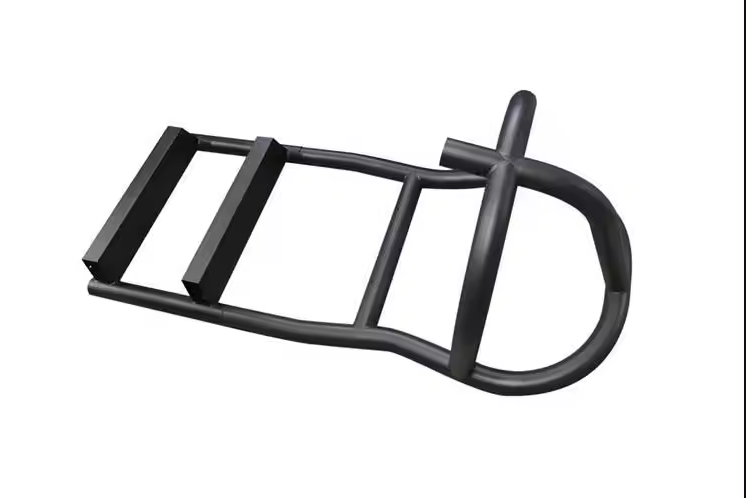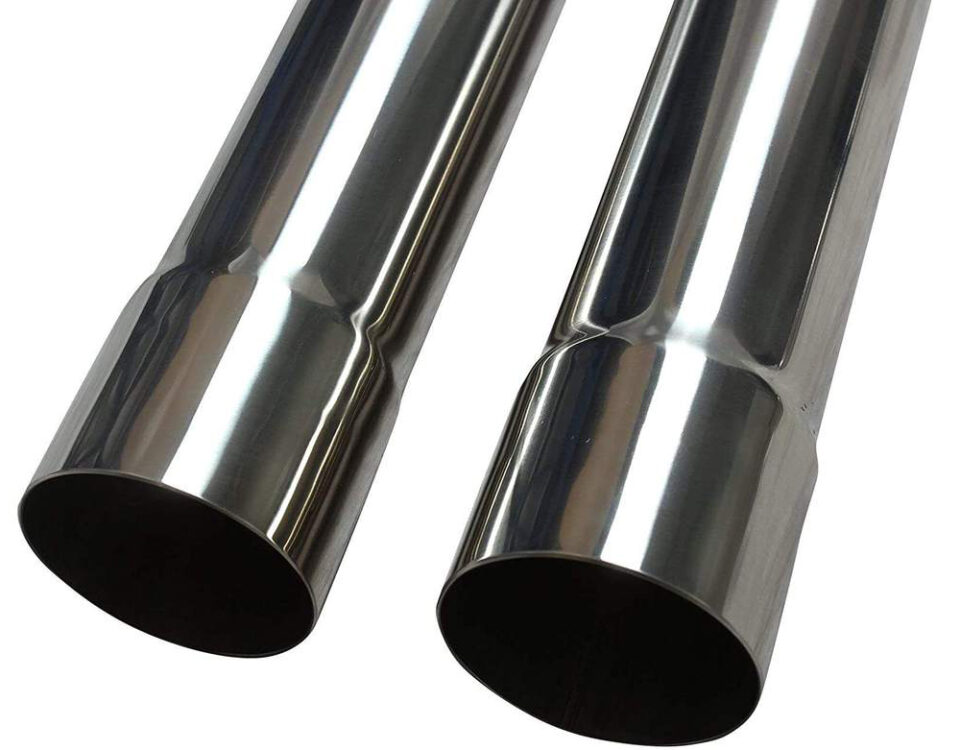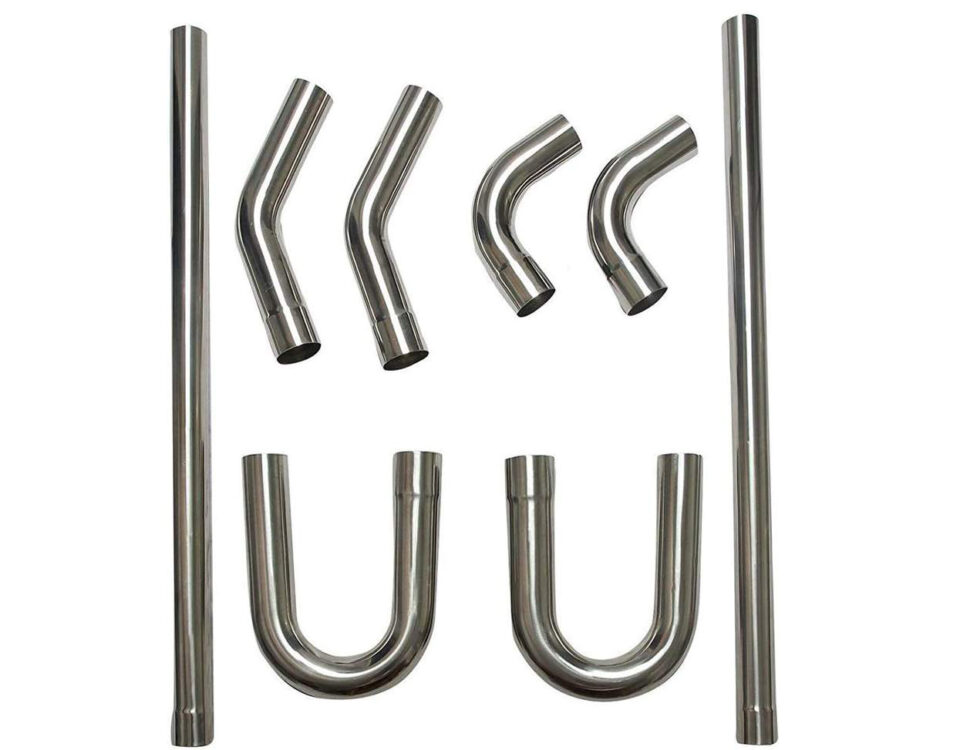
Large Diameter Pipe Bending
November 13, 2023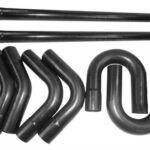
Automotive pipe bending
November 14, 2023Small Diameter Pipe Bending: Precision Techniques for Enhanced Efficiency
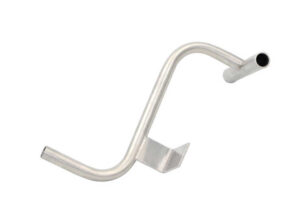
Small diameter pipe bending plays a crucial role in various industries, enabling the creation of custom-shaped pipes to meet specific design requirements. With advancements in bending technologies and techniques, manufacturers can achieve precise bends without compromising the structural integrity of the pipes. This article explores the techniques, benefits, and applications of small diameter pipe bending.
1. Understanding Small Diameter Pipe Bending Techniques:
Small diameter pipe bending involves the deformation of pipes with diameters ranging from a few millimeters to several inches. Various bending techniques are employed to achieve accurate and uniform bends while ensuring the integrity of the pipe material. Some common techniques include:
a. Mandrel Bending: Mandrel bending utilizes a mandrel, a solid rod or cable placed inside the pipe during the bending process. The mandrel supports the inner surface of the pipe, preventing it from collapsing or wrinkling during the bending process. This technique ensures uniform bends and minimizes distortion.
b. Rotary Draw Bending: Rotary draw bending employs a series of dies, including a bend die, clamp die, and pressure die. The pipe is clamped and rotated while the pressure die forces it against the bend die to achieve the desired bend radius. This technique offers high precision and repeatability.
c. Compression Bending: Compression bending involves bending the pipe using a compression tool or roller. The pipe is slowly compressed against a curved surface, resulting in the desired bend radius. This technique is suitable for smaller bends and allows for quick and cost-effective production.
2. Benefits:
Small diameter pipe bending offers numerous benefits for manufacturers and end-users alike. Some key advantages include:
a. Customization and Design Flexibility: it enables the creation of complex and custom-shaped pipes, allowing manufacturers to design systems that meet specific project requirements.
b. Enhanced Flow Efficiency: By utilizing bent pipes instead of multiple straight sections, the flow efficiency within a system can be improved, reducing pressure drop and improving overall system performance.
c. Cost Reduction: Small diameter pipe bending eliminates the need for costly fittings, connectors, and welding joints that are typically required when using straight sections. This leads to overall cost savings in material, labor, and assembly.
d. Structural Integrity: Advanced bending techniques ensure that the structural integrity of the pipe is maintained throughout the bending process. Proper techniques minimize the risk of distortion, wall thinning, or stress concentration, resulting in reliable and durable pipe systems.
3. Applications:
Small diameter pipe bending finds applications in various industries, where precision and customization are vital. Some notable applications include:
a. HVAC and Plumbing: Small diameter pipes are extensively used in HVAC systems and plumbing installations, allowing for efficient routing and customized designs to fit confined spaces.
b. Medical and Pharmaceutical: Bending small diameter pipes is essential in the production of medical devices, such as diagnostic equipment, endoscopes, and surgical instruments that require precise fluid handling capabilities.
c. Aerospace and Automotive: Small diameter bent pipes are employed in aircraft fuel lines, hydraulic systems, exhaust systems, and automotive brake and fuel lines, ensuring optimized performance and space utilization.
d. Electronics and Semiconductor: Precision bent pipes are utilized in the manufacturing of cooling systems and gas delivery systems used in electronics and semiconductor industries.
Conclusion:
Small diameter pipe bending techniques have revolutionized the manufacturing industry, allowing for the creation of custom-shaped pipes with enhanced efficiency and reliability. Whether in HVAC, medical, aerospace, or other industries, it offers design flexibility, cost savings, and improved functionality. As technology continues to advance, the precision and accuracy of small diameter pipe bending will only continue to improve, further expanding its applications across various sectors.

